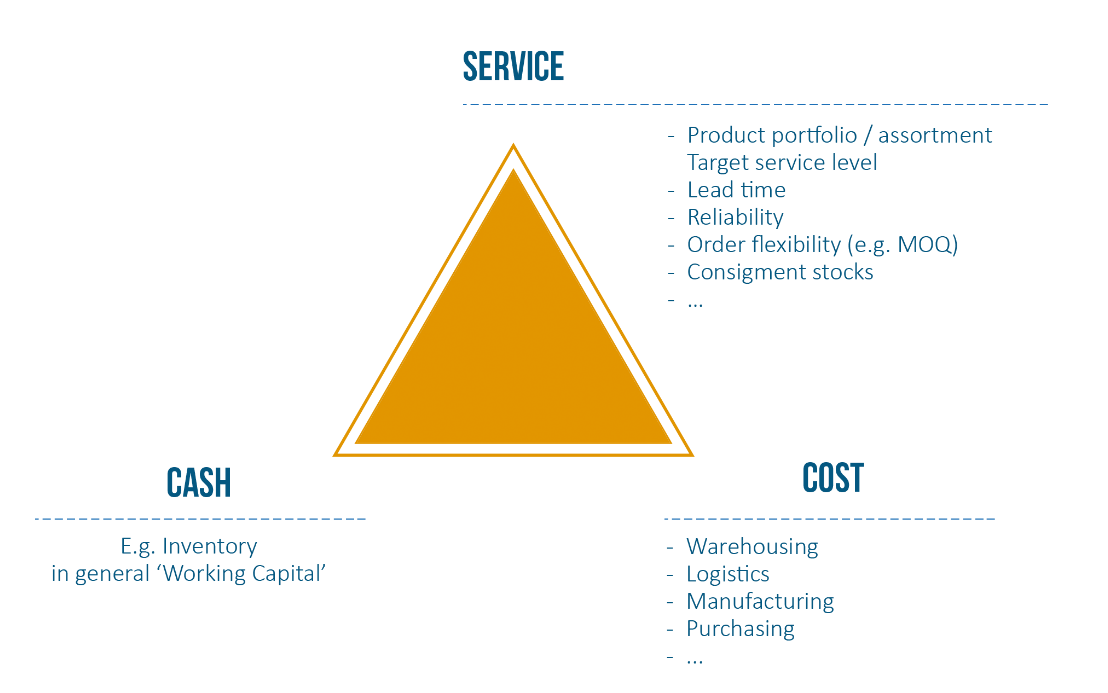
Thinking about creating a customer segmentation strategy? Here are 8 common pitfalls to avoid.
Customer segmentation provides a strategic way for aligning services and profitability. For businesses looking to improve bottom line results and the cash conversion cycle, creating an effective customer segmentation process is invaluable.
With that said, creating a proper customer segmentation process is one that eludes many businesses for a plethora of reasons, including inaccessibility to tools that can help in creating an easy customer segmentation process. Even with the right tools, creating an effective customer segmentation process involves a cross-functional buy-in and a clear alignment with the overall business goals.
Here Are 8 Common Customer Segmentation Challenges to Avoid
- No Customer Segmentation in Place. Not Knowing Where to Start.
The first challenge that most businesses face with customer segmentation is not knowing where to start when they don’t have a customer segmentation strategy or process in place. While this can be a hurdle, identifying the need for a customer segmentation process is the first step to implementing a process that aligns with your overall business plan. When businesses don’t have an effective customer segmentation process, they might find themselves providing the same service level for all customers and all products without focusing on the top-level customers or products that bring in the best margins. Simply put, to maximize productivity and profitability, customer segmentation helps businesses apply the 80/20 rule, instead of spreading themselves thin by trying to provide the same service level for every customer regardless of whether they are a top customer or not.
- Not establishing the right data collection and analysis process
Creating the right data collection and analysis process is crucial to the success of any customer segmentation project. Key questions that should be answered include:
- What tools we will use to gather customer data?
- How can we integrate data from all our systems to help the segmentation process?
- What’s the process for analyzing the data?
- Making Segmentation One-Dimensional
Creating a segmentation strategy that isn’t one dimensional is essential to the success of the segmentation process. An example of a one-dimensional segmentation process would be to have a segmentation process that is only customer driven and usually implemented by the sales or marketing department. On the other hand, a supply chain driven customer segmentation process may highlight products or SKUs. While both types of segmentation are important, the segmentation process often works best when both supply chain and sales initiatives are coupled to create a customer segmentation mix that analyzes customer data, including buying history, etc., as well as, product data to help identify fast moving products.
- Having too many Segmentation Parameters
On the converse side to having a one-dimensional segmentation process, you also want to avoid having too many segmentation parameters. Each customer and product segmentation implementation should be unique to your current business needs. It may not be a business’ best interest to implement standard customer parameters that do not impact their overall customer analysis. In the end, it may only lead to a convoluted system that could prevent easy visibility and decision-making. For instance, while you can certainly have many customer segmentation parameters such as:
- demographics
- life cycle stage
- occupation
- income
- customer behavior
- payment patterns
- order history
- customer satisfaction
- revenue generated from a customer (can be segmented on a per product basis)
…. the list goes on, and on, you may want to select a few key parameters that are pertinent to your business type.
- Lack of Differentiation
One of the objectives with customer and product segmentation should be to differentiate between your customers and products to help improve productivity and bottom line results. As such, while you may want to provide a high customer service level to all your customers, it may not be a feasible practice. Your top or ‘A’ level customers should certainly receive a higher precedence in service levels to help deepen relationships and retain those customers over a longer period. On the product level, without clear differentiation, businesses may invest in products that may not align with current market trends and profitability goals. Differentiation helps businesses to make more strategic investments in customer service and products.
- Lack of Communication between different business units or departments
As mentioned earlier, the segmentation process should not be one dimensional or have a singular focus. It should include information from both marketing, customer service, and the supply chain. Without an effective communication strategy across all relevant business units or departments, the implemented segmentation process may lack the intel needed for making business decisions that enhance all areas of the business.
- Not Aligning Business Objectives with Segmentation Objectives
While customer segmentation helps businesses gain a deeper understanding of consumer buying behavior; implementing a segmentation process should align with your overall business goals. It should aim at increasing profitability and the lifetime customer value. Bram Desmet Managing Director at Solventure – an Arkieva channel partner – often talks about how to balance the supply chain triangle. Balancing the supply chain triangle involves continuously looking at three main areas of the supply chain: cash, cost, and service. In implementing a customer segmentation process to improve service levels, it’s essential not to ignore how that affects your cash flow and cost reduction initiatives.

supply chain triangle
- Not Responding and Dealing with Market Changes
Finally, a customer segmentation project should be continuously refined to help the business better respond to changing market trends. Businesses that have implemented an effective segmentation process can quickly answer time-critical business questions including:
- What is the growing market trend?
- Are there new products that customers might be interested in?
- Are we leaving untapped revenue on the table?





